How to Protect Your Business from Ransomware Attacks
Ransomware attacks are one of the most disruptive cyber threats facing businesses today. Cybercriminals use malicious software to encrypt your data and demand a ransom for its release, often crippling operations and causing significant financial losses. Fortunately, with the right approach, you can safeguard your business against these attacks. Here’s how.
1. Educate Your Employees
Human error is a common entry point for ransomware. Phishing emails and malicious links are frequently used to deploy ransomware. Provide regular cybersecurity training to ensure employees can spot suspicious emails, attachments, and links. A well-informed workforce is your first line of defence.
2. Keep Software and Systems Updated
Hackers often exploit vulnerabilities in outdated software. Ensure that your operating systems, applications, and security software are regularly updated with the latest patches. Automate updates where possible to reduce the risk of human oversight.
3. Implement Strong Access Controls
Limit user access to only the systems and data necessary for their role. Enforce multi-factor authentication (MFA) to add an extra layer of security. Regularly review and adjust permissions to minimise the risk of insider threats or compromised accounts.
4. Back Up Your Data Regularly
A robust backup strategy can prevent data loss in the event of a ransomware attack. Follow the 3-2-1 rule: keep three copies of your data, on two different media types, with one stored offsite and offline. Ensure backups are tested regularly to confirm they can be restored quickly when needed.
5. Deploy Next-Generation Firewalls and Endpoint Protection
Advanced firewalls and endpoint detection solutions can help block ransomware before it infiltrates your network. Features such as deep packet inspection, intrusion prevention systems (IPS), and artificial intelligence-based threat detection can enhance your security posture.
6. Segment Your Network
Network segmentation limits the spread of ransomware by isolating critical systems. By separating networks for different departments or functions, you reduce the likelihood of a full-scale attack compromising your entire business.
7. Monitor and Respond to Threats
Implement a Security Information and Event Management (SIEM) system to detect and respond to threats in real time. Regular threat hunting and monitoring can help identify suspicious activity before it escalates into a full-blown attack.
8. Develop a Ransomware Response Plan
Despite best efforts, attacks can still occur. Having a well-documented incident response plan can help your business react quickly and minimise damage. Ensure that your team knows the steps to take, including isolating infected systems, notifying stakeholders, and engaging cybersecurity professionals.
Final Thoughts
Ransomware attacks can be devastating, but with proactive measures, your business can significantly reduce the risk. Investing in employee training, robust security controls, and a solid backup strategy will go a long way in protecting your operations.
If you need expert guidance on securing your network, our team is here to help. Get in touch today to strengthen your business against cyber threats.
